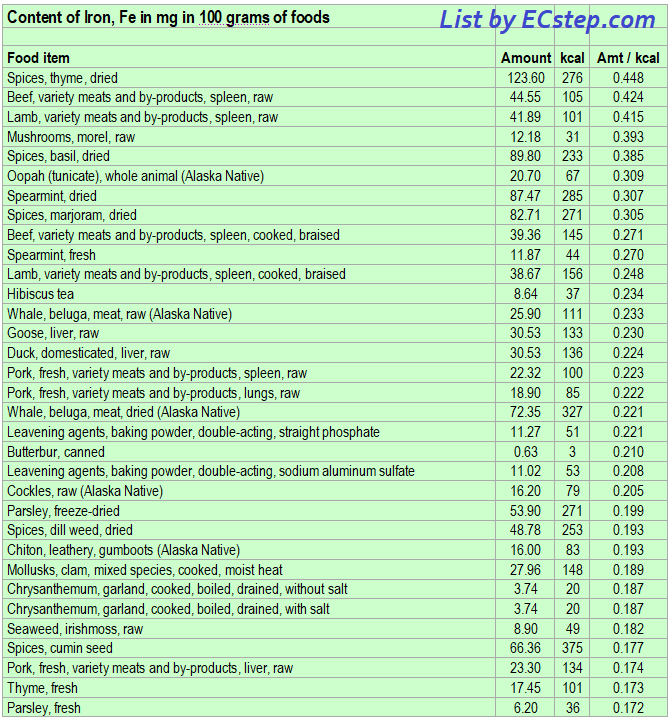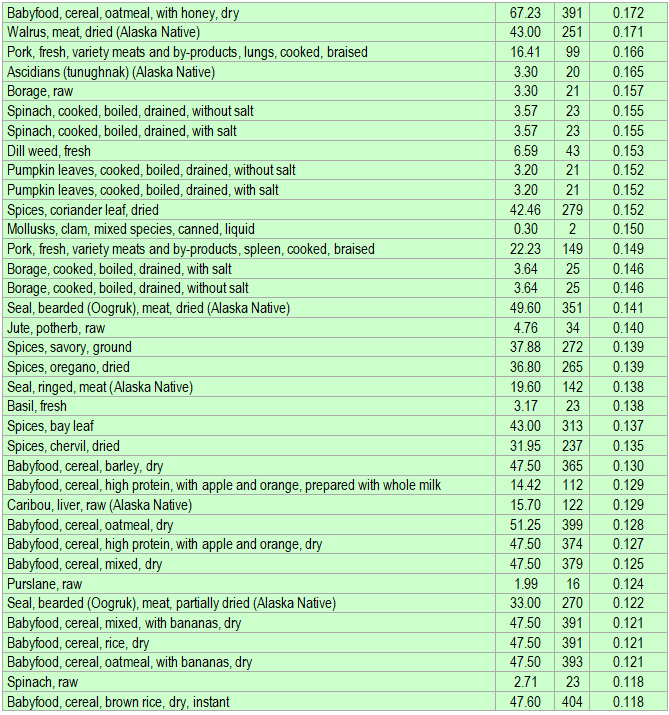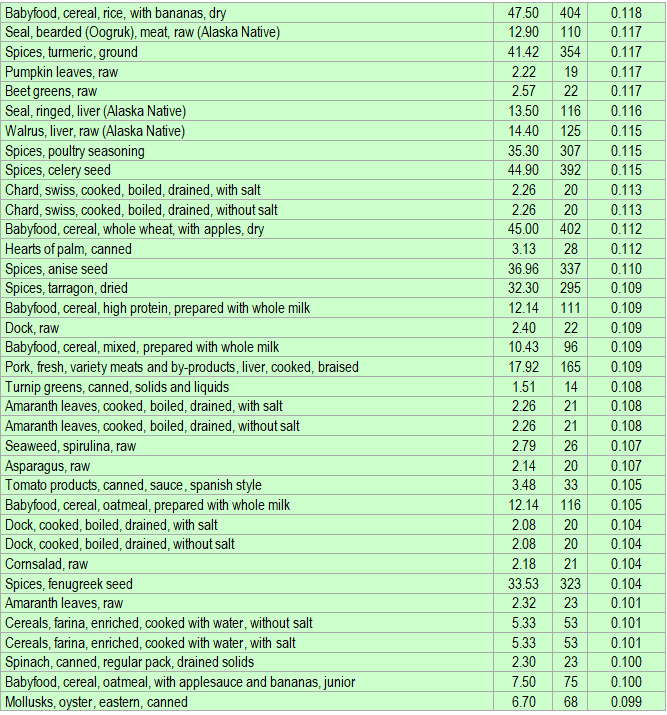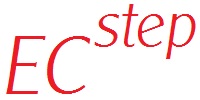Iron rich foods
Iron is an essential trace element found in nearly all living organisms. About 4 grams of iron is present in our body.
Iron is a key component of important proteins including hemoglobin, myoglobin, and several enzymes, including iron catalase, iron peroxidase, and the cytochrome enzymes, which perform important oxidation and reduction processes.
Almost two-thirds of the body’s iron is found in hemoglobin in the red blood cells, which transport oxygen from the lungs to all other tissues in the body. About a quarter of the body’s iron is stored as ferritin or haemosiderin. More on iron here.
In adult females, before menopause 18 mg/day is recommended. The recommended additional intake is 27 mg/day during pregnancy and 9 mg/day during breastfeeding. In adult males and in females after menopause 8 mg/day is recommended.
The tolerable upper limit for iron is 40 mg/day for children and 45 mg/day for adults. However, if you are deficient in iron, larger amounts (about 100 mg/day) may be taken until the deficiency has been corrected.
Below is a list of foods having the highest content of iron in milligrams (mg) per 100 grams of the food. The list also includes the number of kilocalories (kcal) and the iron content in milligrams (mg) per kcal, and the list is sorted with respect to the latter with the highest values at the top.
As you can see there are many foods having a high iron content per kcal. So if you are lacking in iron, you could easily correct the deficiency by eating some of these foods.
You should remember that iron can be overdosed by ingesting very large amounts repeatedly for a longer period of time.
The list is made using ECstep’s Personal Nutrition Data Program and includes more than 100 of the iron richest foods. Commercial brand products are not included in this list.




